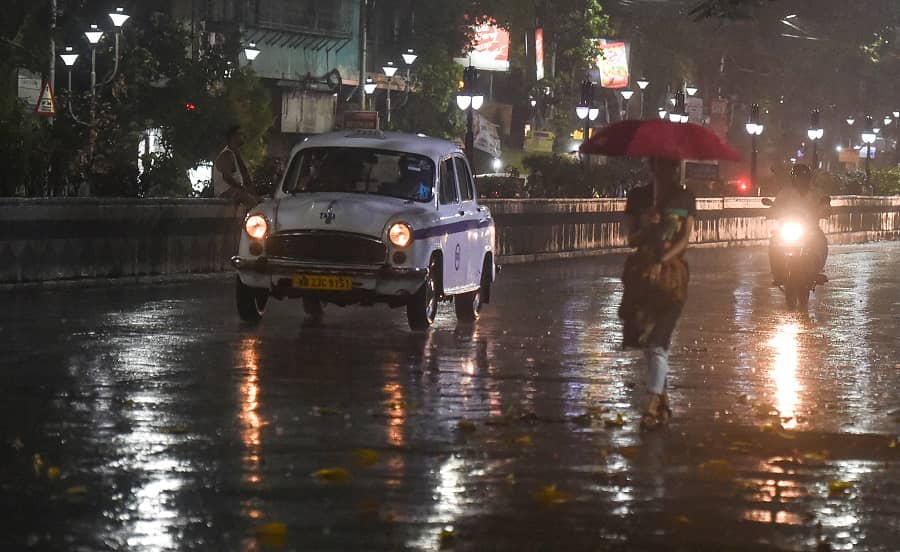Recent cyclones Asani and Karim on the Indian ocean, one on each side of the equator, have influenced the early onset of southwest monsoon in India during this year.
The monsoon is scheduled to reach about one week earlier in the Andaman Nicobar Islands, the southernmost part of India, and about four days in advance in Kerala. The other parts of the country are also likely to receive monsoon earlier that the normal schedule, according to senior scientists in the Indian Meteorological Department (IMD).
On Friday, IMD predicted that “this year, the onset of southwest monsoon over Kerala is likely to be on May 27,” four days earlier than the scheduled arrival of monsoon.
“You can say that Asani has facilitated the early onset of monsoon in Andaman and Nicobar Islands and Kerala,” said Mrutyunjay Mohapatra, director general of IMD to The Plurals.
On Thursday, IMD predicted the “advance of southwest Monsoon into south Andaman Sea & adjoining southeast Bay of Bengal around May 15, 2022,” a week before schedule.
“We expect the trend of early monsoon to continue in other parts of the country including West Bengal but cannot say what will be the exact timeframe,” observed a senior IMD official.
IMD has predicted that India is likely to receive a normal southwest monsoon in 2022; and uniform distribution of rainfall is likely across the country though some areas in northern, southern and northeast India may receive less rainfall.
A pair of tropical cyclones on either side of the equator – Asani on the north and Karim on the southern part of the Indian ocean –is playing a key role in facilitating early monsoon, opined weather experts. While cyclone Asani has already “weakened into a well-marked low-pressure area over… coastal Andhra Pradesh,” Cyclone Karim, emerged on May 8 and has also largely dissipated.
A release from NASA pointed out that “the twin cyclones were spinning at roughly the same distance from the equator but in opposite directions. A cyclone’s winds spin counterclockwise in the northern hemisphere but clockwise in the southern hemisphere”.
“The cyclones, with their clock and anti-clockwise circulation pulling moisture, are definitely favouring the early onset of monsoon, and are likely to act as a counter mechanism to global warming phenomenon that has been affecting the monsoon onset negatively in recent past,” said Raghu Murtugudde, a professor of CMNS-Atmospheric & Oceanic Science, University of Maryland and also a visiting professor in IIT Bombay.
Murtugudde pointed out that normally May cyclones in the Bay of Bengal happen later in the month which impacts the monsoon negatively, but this year it seems to have worked the other way around.
“Cyclone before monsoon, not always but often, guide the process,” agreed Subimal Ghosh, a professor in IIT Bombay, and one of the authors of the recently released IPCC report on climate change; a view shared by former IMD DG K J Ramesh, “definitely the cyclones will help the process this year as it is creating a favourable condition for the monsoon”.
“Cyclones close to the monsoon onset redistribute the moisture and change the temperature and moisture gradients, influencing the monsoon onset and progression,” explained Roxy Mathew Koll, a climate scientist from the Indian Institute of Tropical Meteorology.
